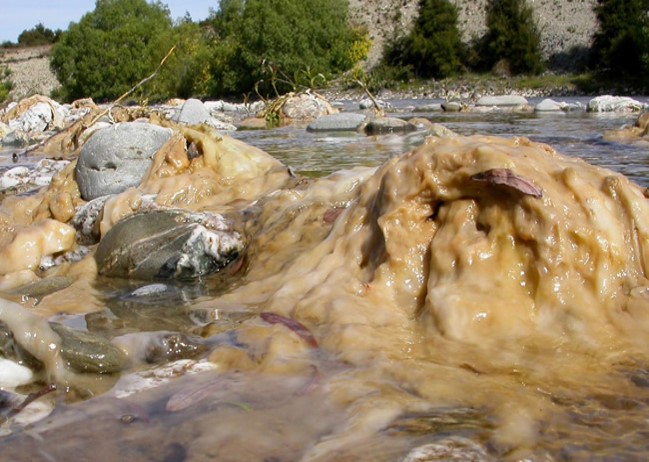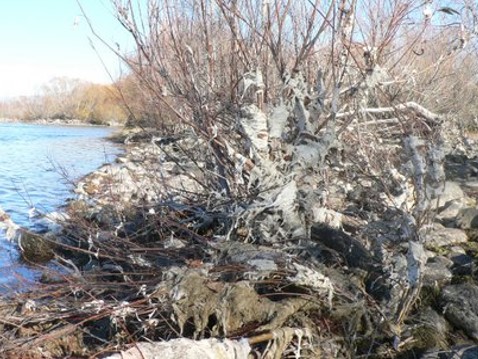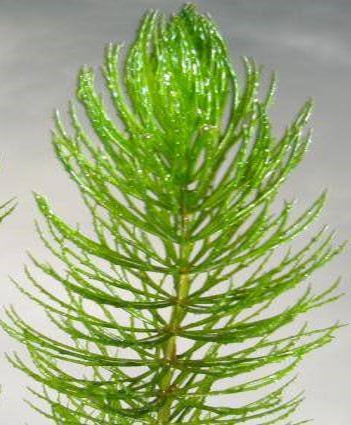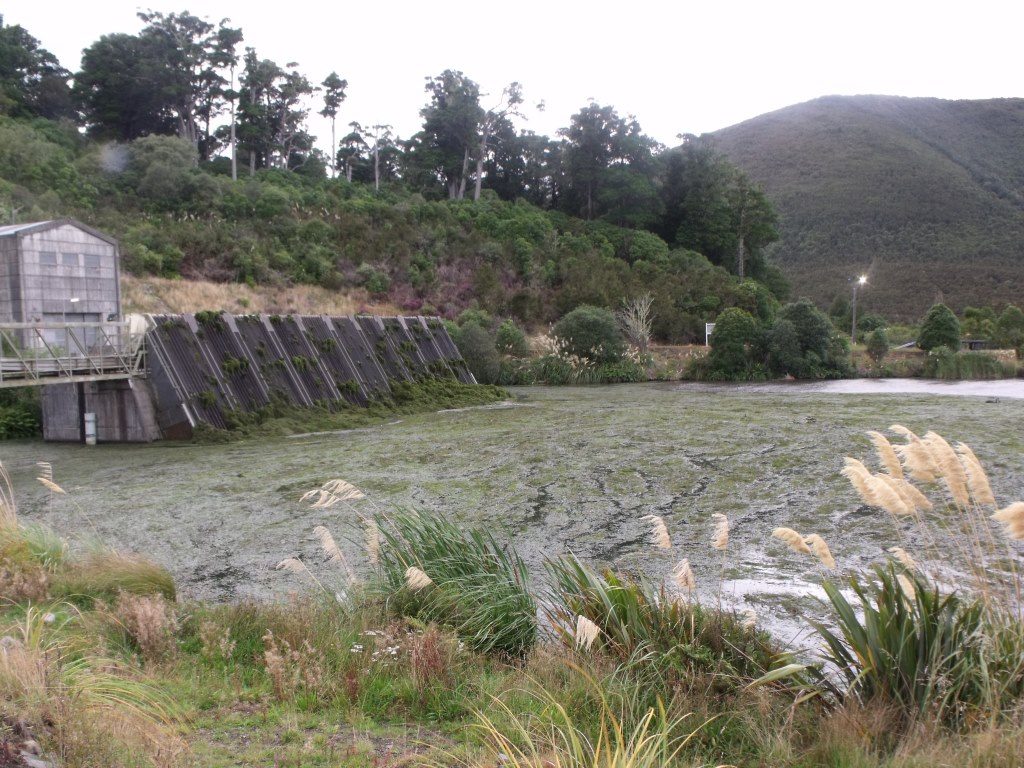Check, Clean, Dry your gear.
Summer is in full swing! As the weather warms we often find ourselves spending more time in the great outdoors, visiting our favourite lakes or rivers. What you may not know, is that you could be transporting some unwanted hitchhikers on your travels from one waterway to another. Aquatic pest plants can spread easily from one area to another. Find out how you can help stop the spread of these sneaky little buggers by using the Check, Clean, Dry method. Here are a few questions that you may be asking yourselves.
Who are these alien invaders?
There are a range of aquatic pest plants that have been introduced in New Zealand.
– The star of the show is didymo (aka rock snot), an alga that is invisible until it forms massive blooms on river and lake beds.
– Hornwort is one of the biggest threats to the Greater Wellington Region. It grows rapidly and can survive as a free floating mat.
– Hydrilla is currently only found in the Hawke’s Bay region and can remain dormant in the sediment for up to ten years. It’s also regarded as one of the world’s most problematic submerged weed.
– Lake snow is a new aquatic pest that has recently been introduced to New Zealand. This slimy alga has been detected mostly in the South Island and is reported to stick to boat hulls, wetsuits, skin and hair.
These are only a few examples of the types of aquatic pest plants you can encounter while you’re splashing about.




Why should I care?
They grow quickly, they are hardy and they are downright ugly (it’s not called rock snot for nothing). Aquatic pest plants are bad news because they restrict water flow and compete with native species. They can also create drowning risks, get stuck on props and affect fish populations. If this isn’t enough, know that these pest plants can contribute to creating a prime mosquito breeding habitat.
Isn’t didymo a South Island problem?
You’re right; luckily, didymo has not yet spread to the North Island. That doesn’t mean that it can’t get here. Didymo forms massive blooms in pristine, low phosphorus waters. There are a multitude of pristine waterways in the North Island with low phosphorus levels where didymo has the potential to bloom.
Okay, what can I do about it?
Check your gear. Clean your gear. Dry your gear. Everytime. This includes boats, clothing, inflatable toys, fishing lines, boots, tyres, basically anything that touches water. All it takes is a single drop of water or plant fragment to spread these aquatic pests.
Here’s how:
First, CHECK. Remove any debris or plant matter attached to your gear.
Then CLEAN. Soak or scrub your gear with a 5% detergent solution for at least a minute. Normal household liquid detergent will do the trick, bonus points if it’s biodegradable.
Finally, DRY. Wait till your gear is completely dry, and leave it to dry for at least 48 hours.
Do you have any expert tips for me?
– Stick to one waterway to avoid having to Check, Clean, Dry.
– Instead of cleaning your gear, let it dry for several days as mentioned above. If your gear is made of absorbent material it may need extra drying time.
– Freezing until solid is an effective alternative to cleaning.
You can help protect our waterways by following these three easy steps.

Come and hear Greater Wellington Regional Council’s “Clean, check and dry” advocate Ashley give a talk on preventing the spread of acquatic pest plants at our club night on Wednesday 7 March. Click here for more details.
For more information visit: http://www.gw.govt.nz/check-clean-dry/
Email: ccd@gw.govt.nz

